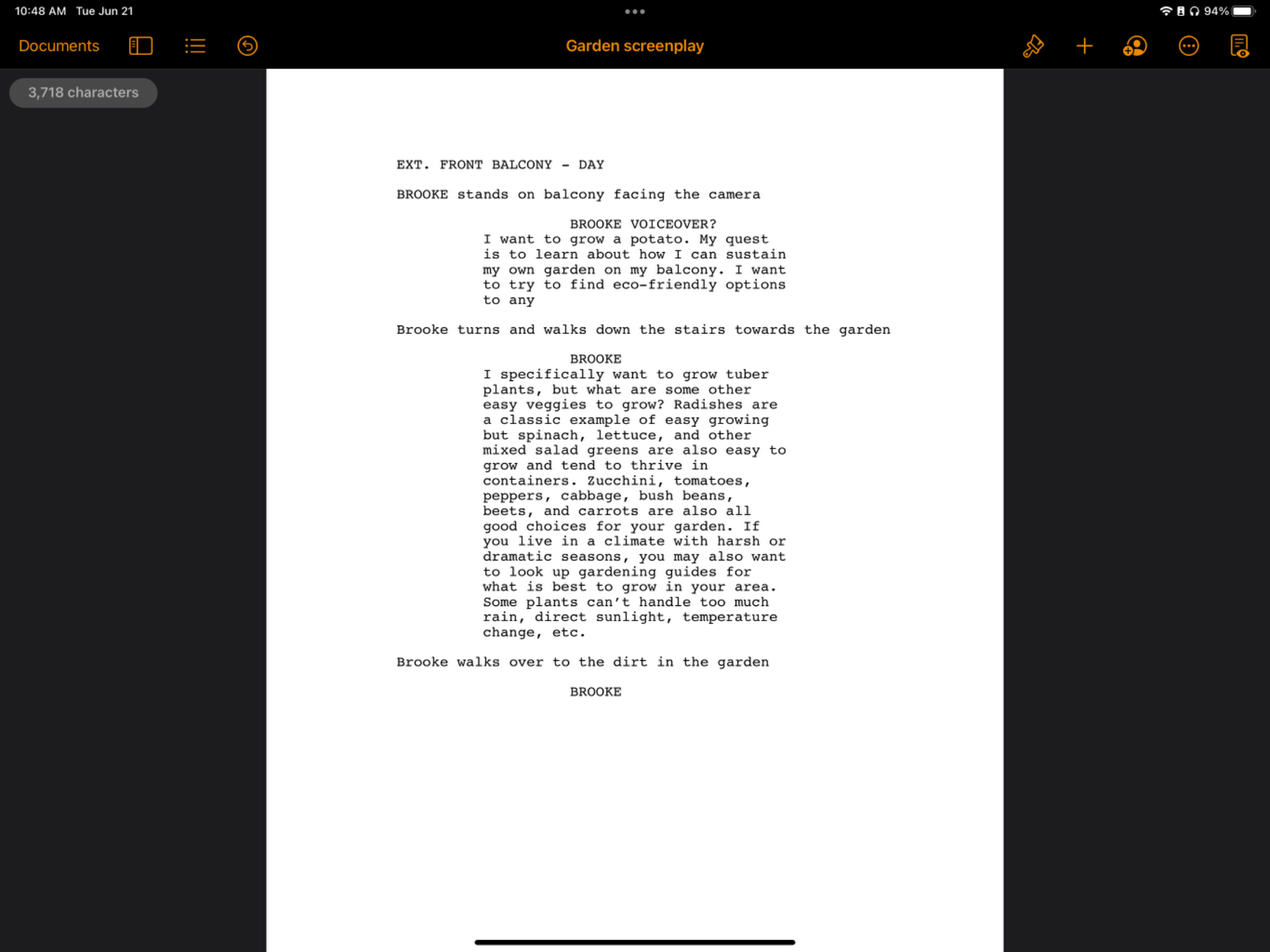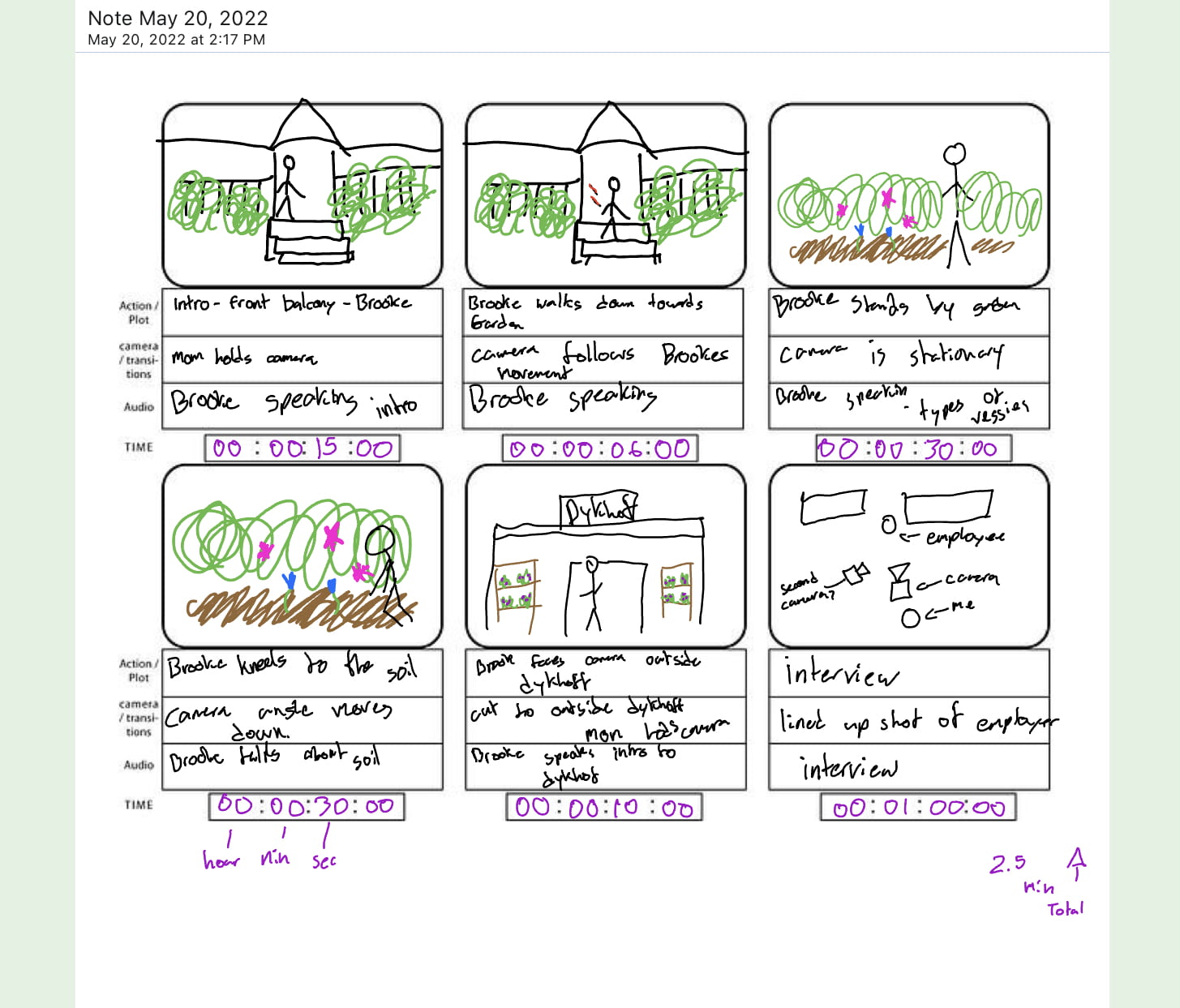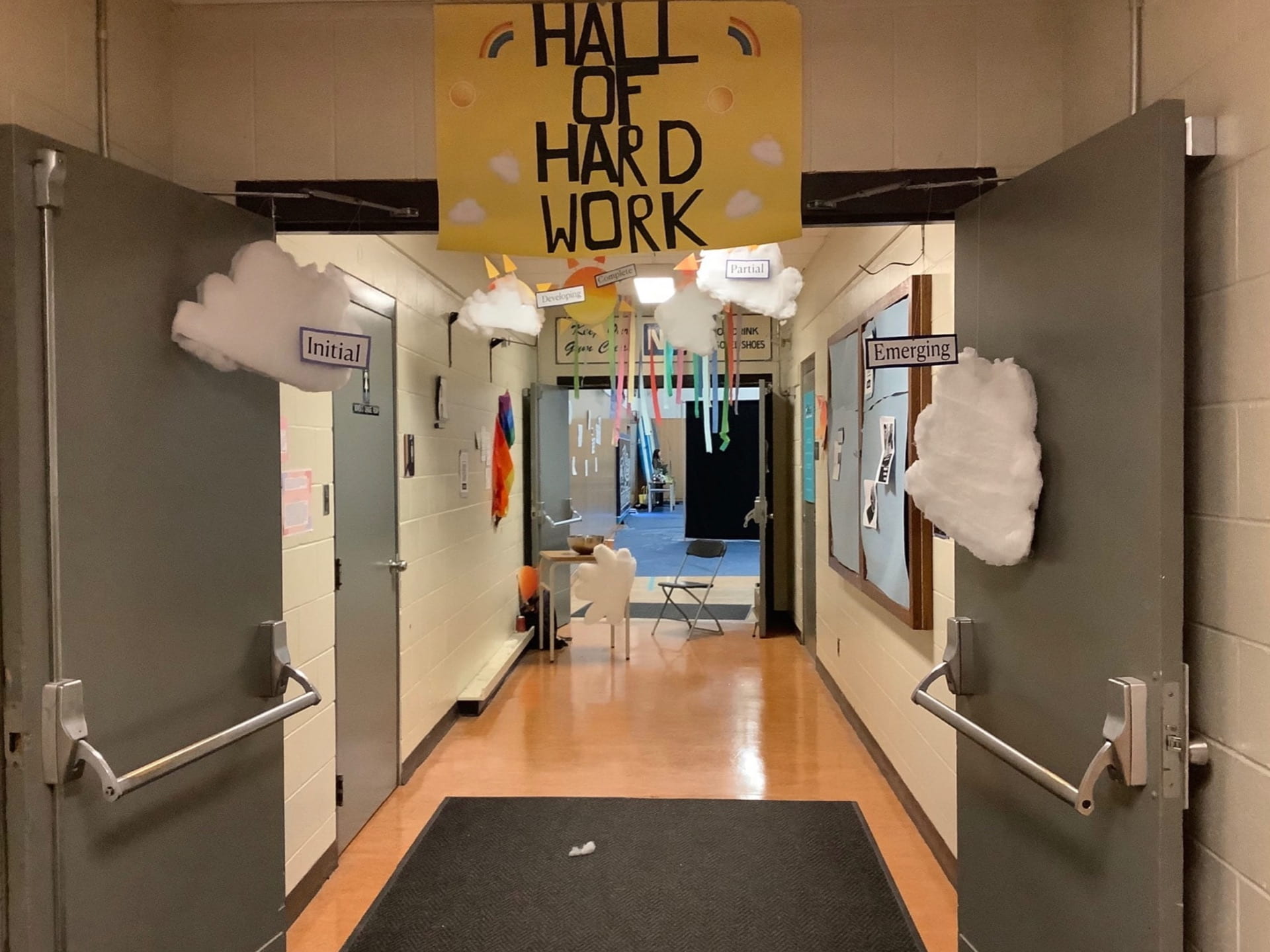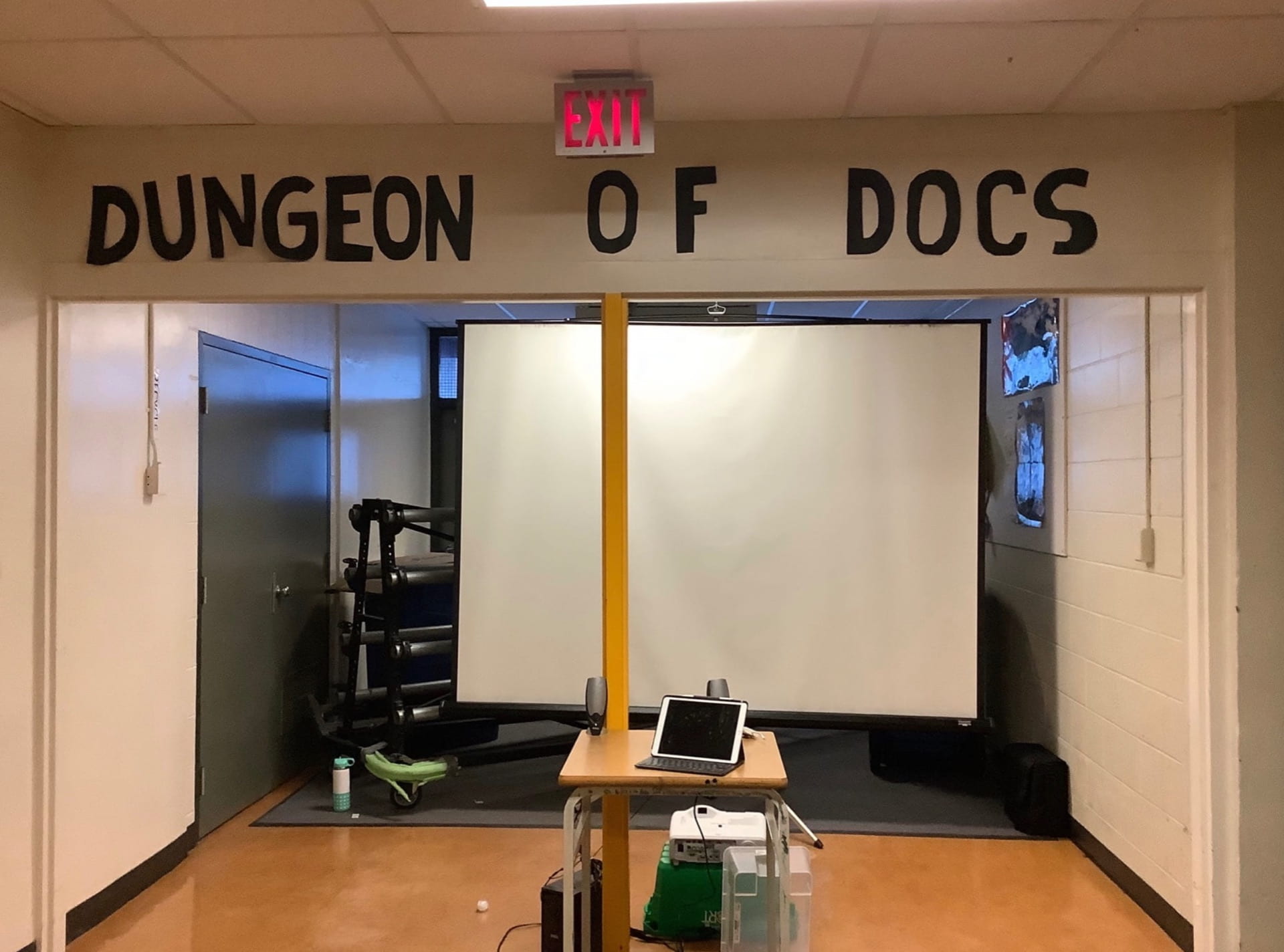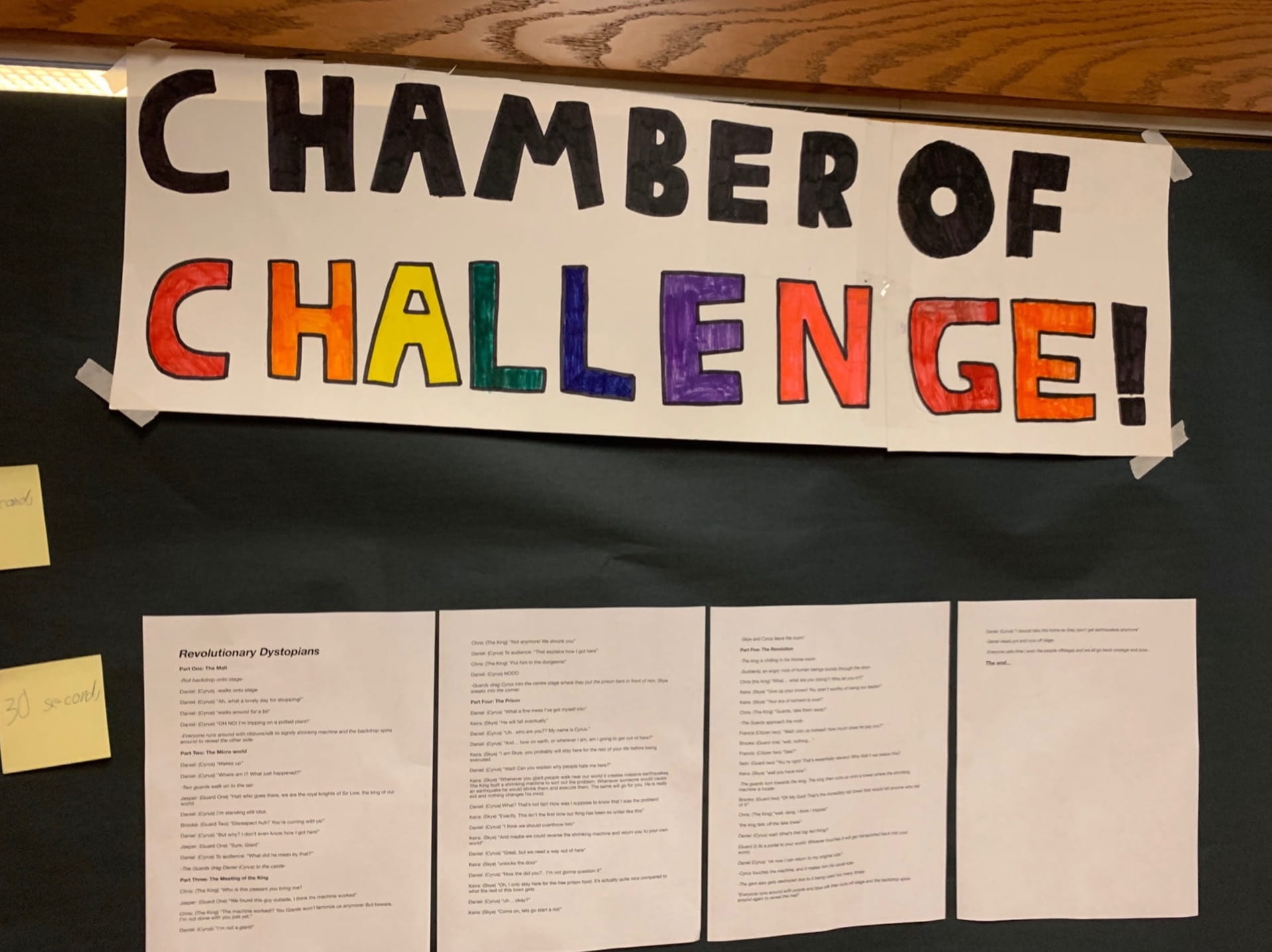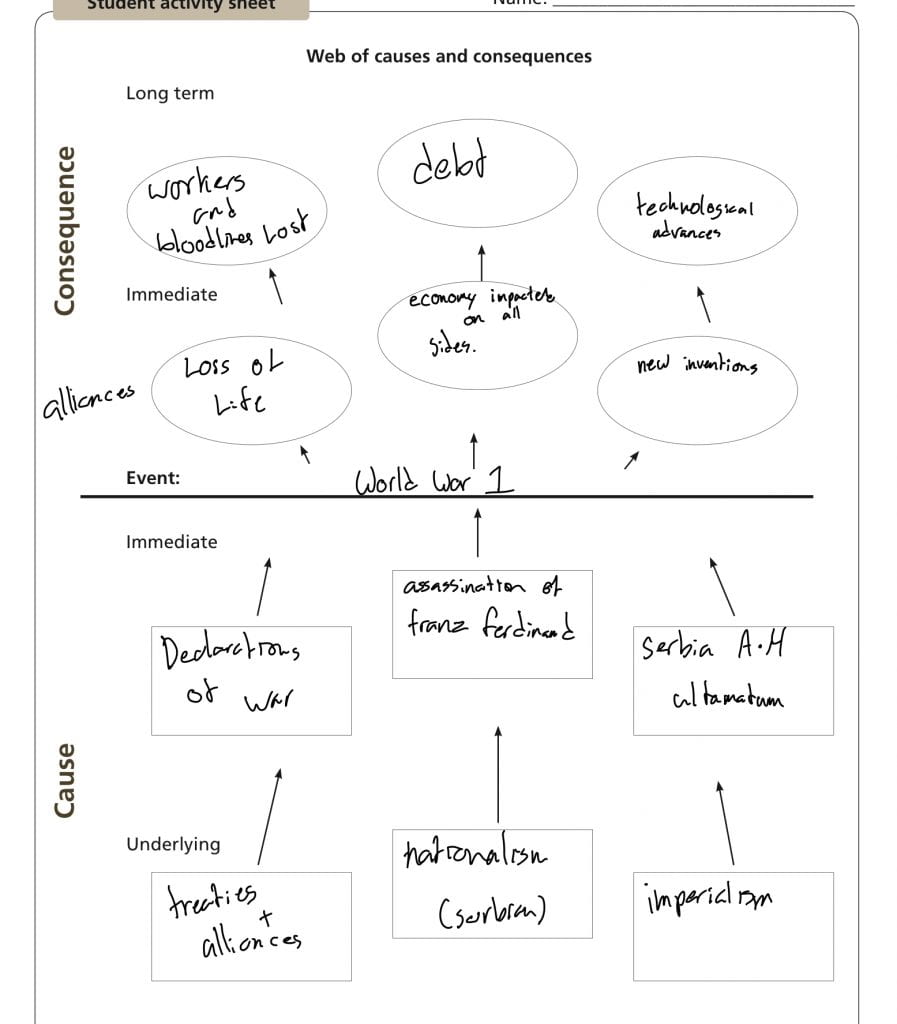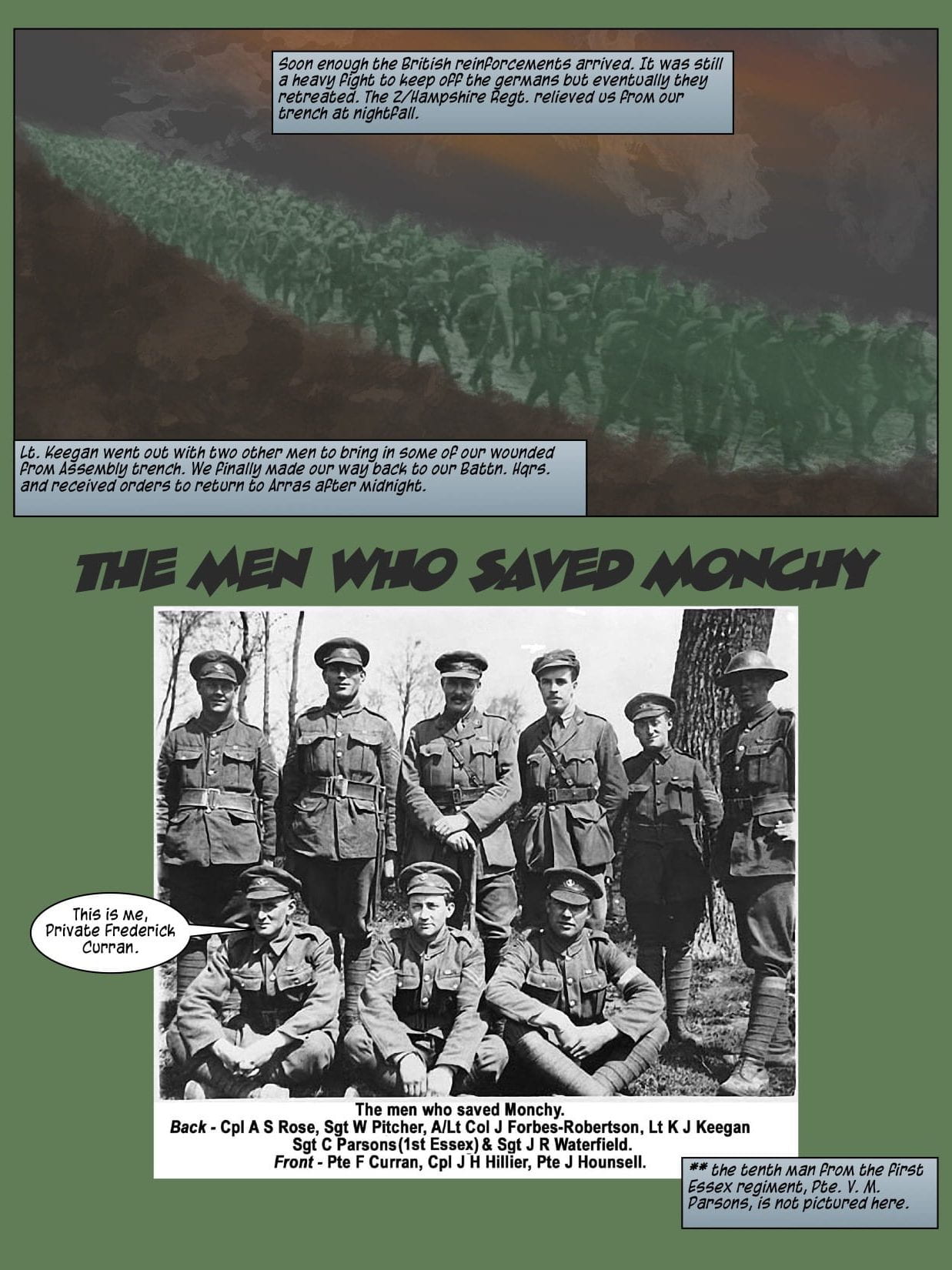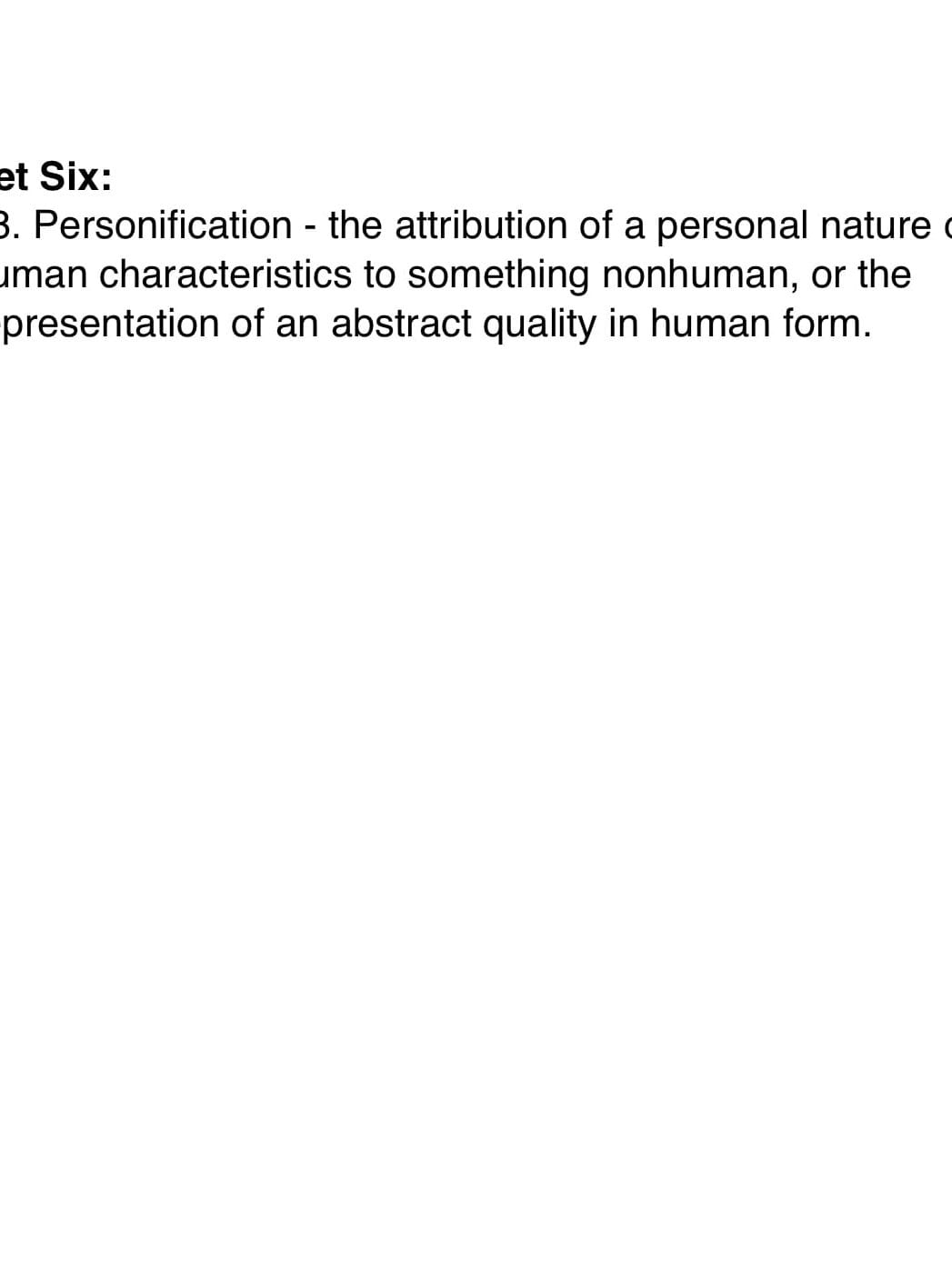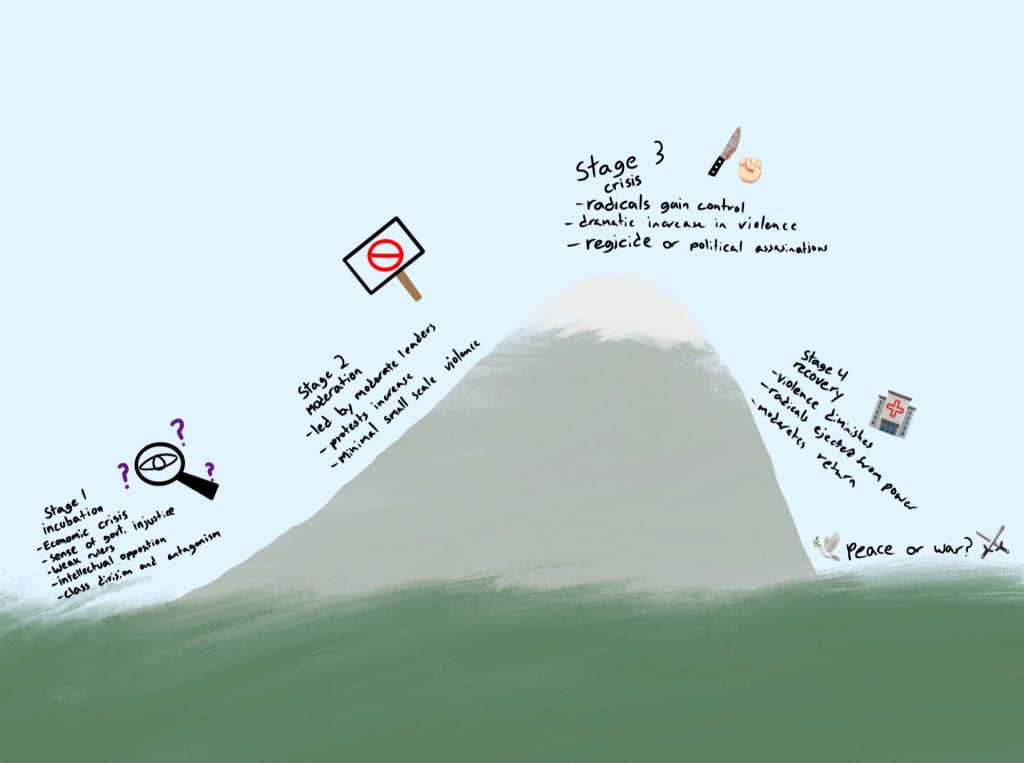Hello party people and welcome back to my Learning Portfolio, or simply, my blog. The year is almost at an end and that means that a lot of these posts are going to be coming out at once so don’t forget to check out my other posts as well! So here is the summative post for my last grade 9 maker project, “Your First Film”
Project Overview
You may remember that I recently did another project with videos called “VIBRANT VIDEO POST”, and I would say that this project was basically the final product of that project. This project was all about using all of the video skills that we’ve gained top make one final video, a documentary with a topic of our choosing. The documentary had to include an interview, storyline, message, and original music. At first I had no clue what I wanted to do my documentary on, and after a few ideas I landed on a general topic of “gardening”. You see, a few days ago I moved into an apartment and I really want to grow a little garden on our balcony. Originally, I was going to focus the doc on my journey of planting a potato, but as I got to filming I realized that my original idea may have been too “vlog like” and that I could use the influence of my interviews to guide the story instead. This project was also going to be the grade 9’s focus for showcasing at the spring exhibition. Now unfortunately I was sick so I wasn’t able to be at the exhibition this year, but I’ll talk more about that later.
Driving question
How can I engage and entertain an audience using my video and storytelling skills?
By using all of the skills that I have learned about making videos, I can create something that is of good quality and interesting to the viewers. A well written logline and treatment indices the viewer and can help get your video to the right audience. Hopefully as I explain a bit of the project, you will be able to see how I was able to use my video and storytelling skills to engage and entertain my audience.
The Documentary
As I mentioned briefly in the driving question, we created loglines and treatments for our documentaries. A treatment is a short summary of your documentary, and a logline is a few sentences that you would put in the description or be the tagline of a movie trailer. This helped us start to envision a storyline to create a structure for our documentary. Then we created a screenplay. A screenplay is a written view of what you will see and hear in the film, who will be in each scene, where things take place, etc. My documentary ended up being quite different from my original screenplay, you will probably be able to tell later on when you finally get to see my doc.
Next, step we created the storyboard. A storyboard is basically the screenplay but in drawings.
Then we had a whole butt ton of filming to do. I went through quite the roller coaster of trying to find a person to interview, but in the end I managed to have a great interview with Alex Johnson, the assistant manager at my local Gardenworks. We also had to create original music using GarageBand and I found it quite tedious but fun. And of course will al of the filming, there came even more editing. The editing was soooooo meticulous but it is a really improvement part of creating a good film. And then Ta Daaa! Documentary finished. I am super proud of the final result for this project, as it is the last maker project of my grade 9 year.
Exhibition
So as I already stated, I didn’t actually end up going to the exhibition but I will talk about the part of the process that I was a part of. Exhibitions are a chance for every grade to tell a story and answer a question, while using their work to enhance and show as an example. The grade 8s+9s worked together to tell the story of “What Does It Mean To Be A PLP Learner?” Throughout the first part of the school, and then guests would walk to the gym to see the main event of the 10/11/12s. I was part of the the conclusion of our section, where our driving question was “What is a PLP learner?”. We decided that a PLP learner was hardworking, creative, thoughtful, collaborative, and detailed.
It was our job to design the layout of our section and make all of the decor that we would need. It was a lot of work to design everything and create something visually appealing. We were also given a group of grade 8s to help us at the exhibition and give them a chance to display their work as well. Most of the work was put into the “Hall of Hard work”, where we tried to show the process of developing work to extending quality work.
Our group’s documentaries were displayed on a projector in our “Dungeon of Docs”. And I am quite disappointed that I wasn’t there to see all of the masterpieces.
We also were running some instant challenges and getting the guests to self-asses on how they preformed. As any good PLP student knows, we don’t learn from experience, we learn from reflection. Self-assessment is heavily incorporated in PLP’s structure so we thought that it was a perfect showcase of what its like to be a PLP student.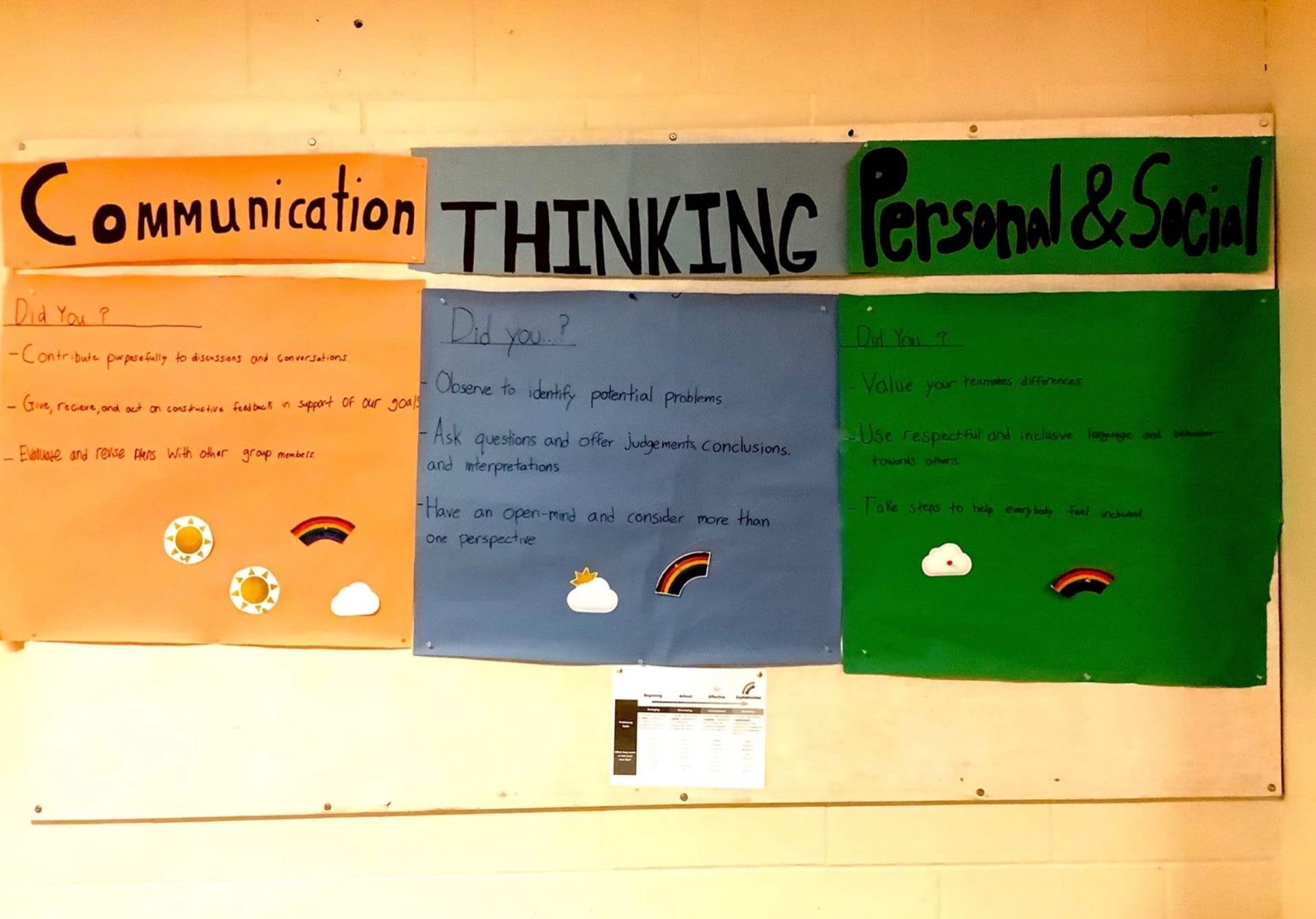
And that’s it for my section of the 2022 spring exhibition!
Conclusion
So this will be my last blog post of the year. Wow. If you’ve made it this far I really want to thank you for taking the time to read these because it takes a lot personally for me to write a whole post. I’m so proud of myself and all of my classmates for making it through this year, we did it guys! Anyhoo cya in September!
Thanks for reading!
As always, Brooke.
